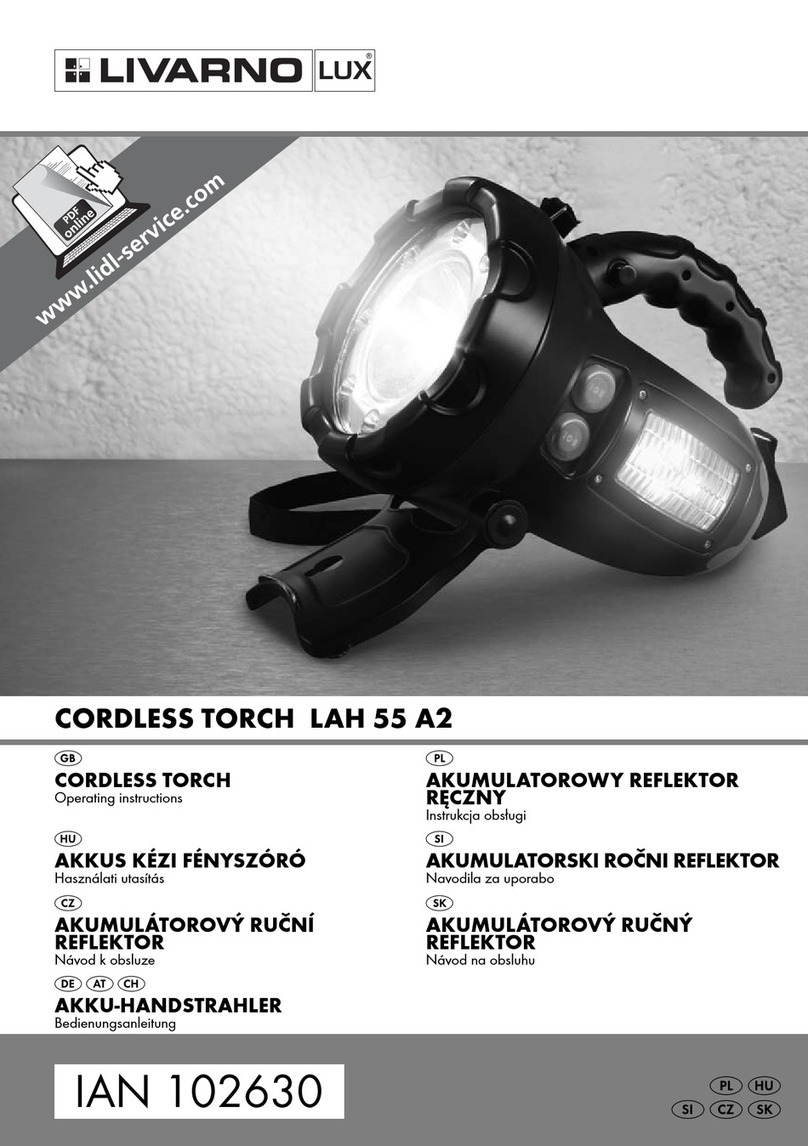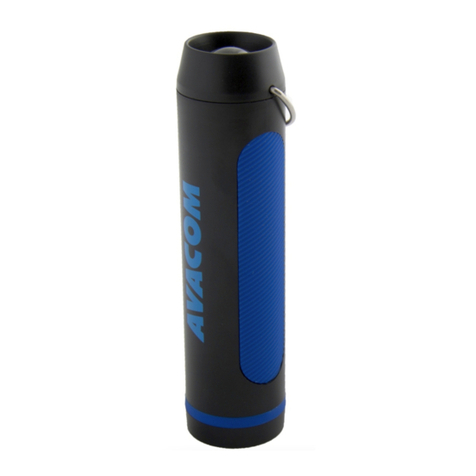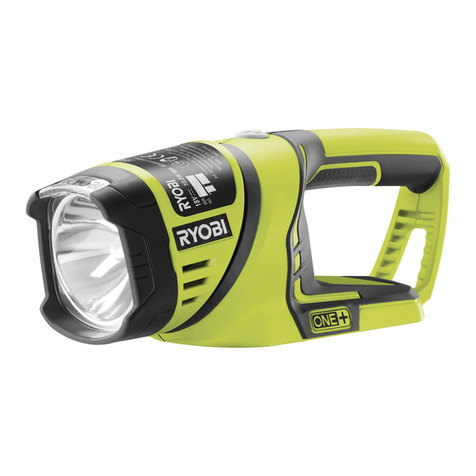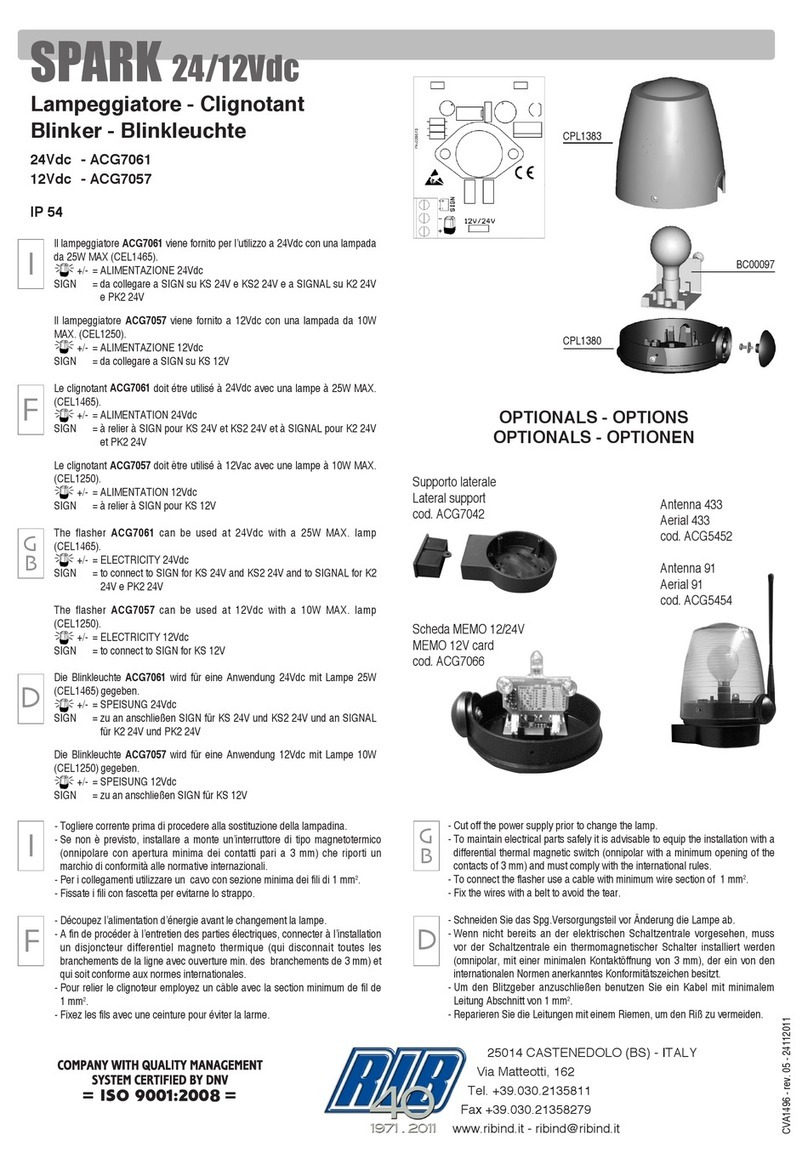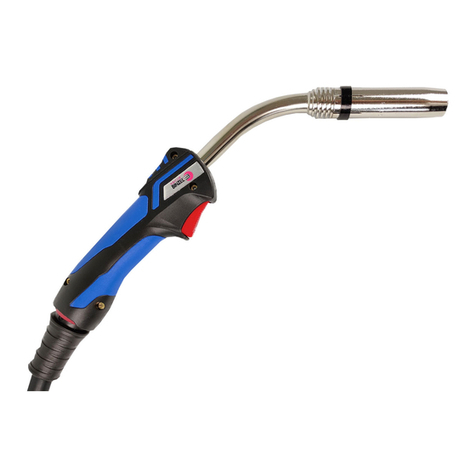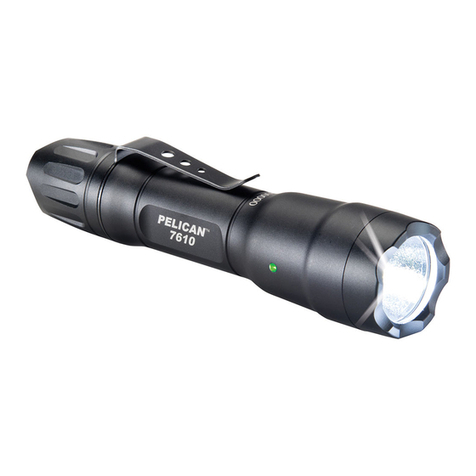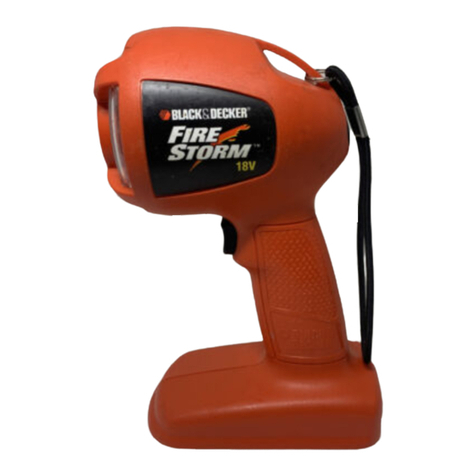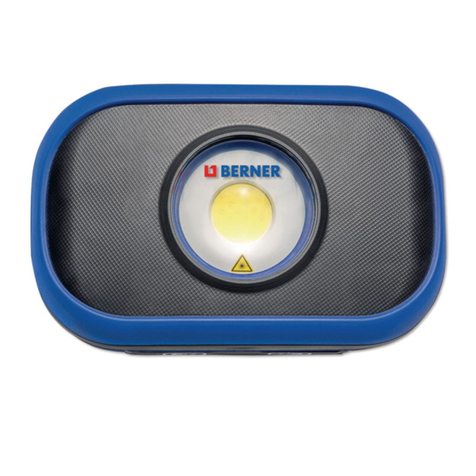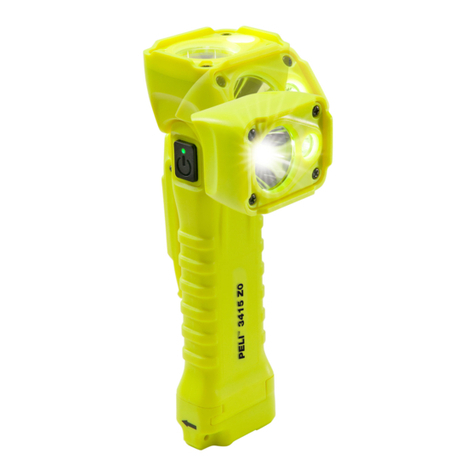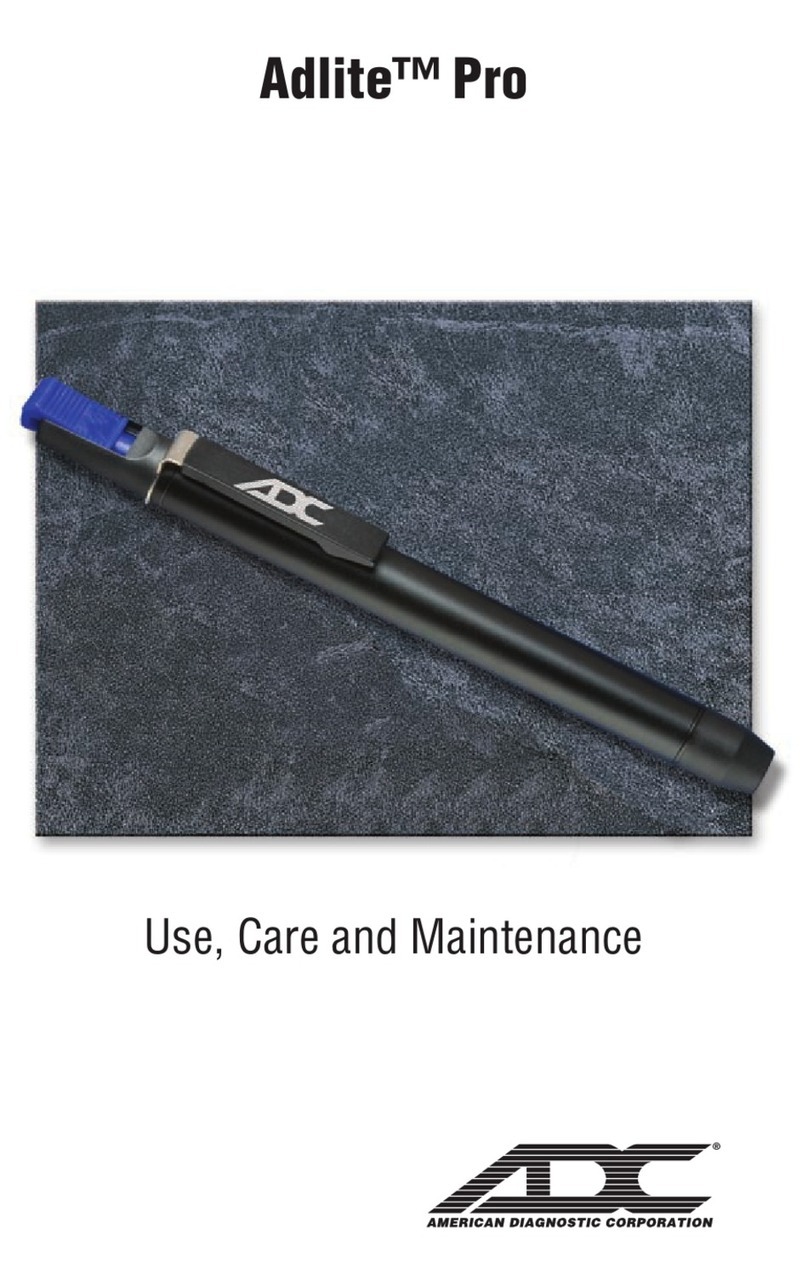Fireplace Doors Online Arcadian User manual

Tiki Torch Troubleshooting Guide
Table of Contents
1
Title Page #
Start Up Problems
Turn the Feature ON…
1. But nothing happens 2
No Power 2
Wrong Power 2
Defective Controller 2
2. low plug does not glow 2
Defective Igniter 2
Defective Controller 2
3. low plug glows but does not ignite the gas 2
Power Deficiency 2
No as 2
Weak Igniter 2
4. Torch lights but then turns OFF with a few seconds 3
as Volume Insufficient 3
Defective Thermopile 3
Defective Controller 3
Performance Problems after Start Up 3
5. Torch Cycles (Turns On and Off) every few minutes 3
Polarity between features in daisy chain not the same 3
Shutdown Problems 3
Turn Feature Off… 3
6. But a small flame continues to burn in the Torch 3

Start Up Problems
Turn the Torch ON…
. …but nothing happens.
Typical Causes:
No Power – check power at the feature. If no power check all electrical upstream of the feature INCLUDIN the
reset button on the low voltage power supply until the source of the power issue has been found.
Wrong Power – Check the label on the torch to confirm power required. Check power to ensure the PROPER
power is being supplied. Many times we have seen the wrong power source being used.
Defective Controller – if the proper power is being supplied to the Torch and nothing happens the torch may have
accidentally been connected to 120 vac at some point in time which would have damaged the controller. If this
has happened there will typically be a strong “Burned Electrical” smell emanating from the Controller. If
this has happened the controller has to be replaced. This is a quick and relatively inexpensive fix.
2. …Glow Plug does not glow.
Typical Cause:
Defective Igniter – the easiest way to check an igniter is using a multimeter to check the igniter’s resistance. Using
a multimeter measure the resistance of the igniter by measuring the resistance across the two wires of the igniter.
No Resistance OR resistance greater than 8 ohms indicates a defective igniter.
Defective Controller – If the Igniter tests good then the only thing left is a Defective Controller. If you have a
Defective Controller the only way to fix it is to replace it.
3. …Glow Plug glows but does not Ignite the Gas.
Typical Causes:
Power Deficiency – If the glow plug is not getting enough power it will not get hot enough to ignite the gas.
Several factors could cause a power deficiency:
Thin wire installed. Recommended wire gauge for all Installs is 12 AW (solid or stranded). If thinner wire is
installed the power (amps) needed to make the igniter hot enough will not be delivered.
Insufficient Watts. The recommended watts per Tiki Torch is 35W. If you are powering more than one Tiki Torch
you need to select the Power Source capable of delivering this number of watts to each of the torches being
supplied power.
Too many features on a Daisy Chain – the maximum recommended number of torches on a single home run is 4
on a pair of wires no longer than 150 feet. More than 4 torches OR a wire run longer than 150 feet could result in
insufficient power to ignite all 4 torches.
Wrong Power Source – if you have 24 vac fire features make sure you are powering them with a 24 vac
transformer. We have had customers try to use DC power sources for 24 vac features.
No as – This may seem obvious however this issue is often misdiagnosed in the field as a defective torch
Forgot to Purge the New Gas Line - New gas lines have air in them. Prior to installing a torch on a new gas line it
is recommended the air be purged from the line. Easiest way to do this is open the manual gas shutoff at the
feature and when you smell gas you have successfully purged the gas line.
Forgot to Open the Manual Gas Shutoff Valve - Another cause for “No as” is forgetting to open the manual gas
shutoff valve. A quick test to determine whether you have gas or not is to turn the torch on and try to ignite the
gas with a handheld lighter. If it doesn’t ignite you don’t have gas.
Weak Igniter – though they may appear the same not all low Plug Igniters are the same. Slight differences in the
assembly of the Igniter during manufacturing causes some Igniters to burn hotter than others. In each batch of
Igniters 20% burn very hot, 70% are average and the remaining 10% burn cooler than average. During testing we
are on the lookout specifically for the 20% that burn very hot and more importantly the 10% that don’t. For the
10% that don’t burn hot we try to reserve those for “LP” powered fire features. Propane has a lower combustion
temperature than Natural as and the weaker igniters have no problem igniting propane. For the 20% that burn
very hot we reserve these for torches that will ultimately get shipped to customers who have experienced a
“Weak Igniter”. Though we test every Igniter before it goes out the door every once in awhile one of the 10%
“cooler than average” Igniters gets shipped for a feature using Natural as. When this happens the symptom is
always the same – Inconsistent or No Ignition at all. In this case the only remedy is to replace the Igniter.
2

4. …Torch lights but then turns OFF within a few seconds and restarts again (repeats this sequence).
Typical Causes:
as Volume Insufficient – if the amount of gas being supplied to a fire feature is not enough for proper operation
one of the symptoms is the feature will not stay lit.
Insufficient as Volume can be caused by installing gas pipe too small to deliver the proper amount of gas OR by
installing a Manual as Shutoff (Ball valve or Key Valve) with a capacity that is too small to allow enough gas to
pass through to the feature.
Defective Thermopile – it rarely happens but occasionally the Thermopile is damaged by the flame. When we see
this it is usually due to the fact the torch orifice is too large for the gas pressure being supplied to the feature.
When the orifice is too large the resulting flame on the Thermopile is like a “blow torch” which over time
will damage it. When the Thermopile has been damaged by the flame the last ¼” of the Thermopile will appear
slightly swollen as shown in the illustration below. A defective Thermopile will cause the torch to Cycle On and Off.
A quick test to determine if the Thermopile is damaged is to loosen the fitting holding the Thermopile in place and
then try to slide the Thermopile out. If it is swollen you will not be able to slide it out.
Defective Controller – If your plumbing is supplying enough gas and the Thermopile is not defective the only thing
left is a Defective Controller. If you have a Defective Controller the only way to fix it is to replace it.
Performance Problems after Start Up
5. Torch Cycles (Turns On and Off) every few minutes.
Typical Causes:
Polarity between features in a daisy chain – when daisy chaining multiple features together on one pair of wire the
polarity BETWEEN the features MUST be the same.
Shutdown Problems
Turn the Feature OFF…
6. …but a small flame continues to burn in the Torch
Typical Cause:
Leak in the Tiki Torch as Valve – when debris enters the torch there is a chance some of that debris will enter the
as Valve and contaminate the seal inside the valve. If this occurs the possibility exists the valve will not seal
properly when turned off thereby allowing a small amount of gas to flow even after turned off. Often this will
result in a small flame that continues to burn in the torch after the feature has been turned Off. The remedy is to
replace the tiki torch gas valve.
3
Top of Thermopile
(Top ¼” slightly Swollen)
0.25” 0.28”
Normal
Thermopile
Heat
Damaged
Thermopile
Tiki Torch Daisy Chain
This manual suits for next models
8
Table of contents
Popular Flashlight manuals by other brands
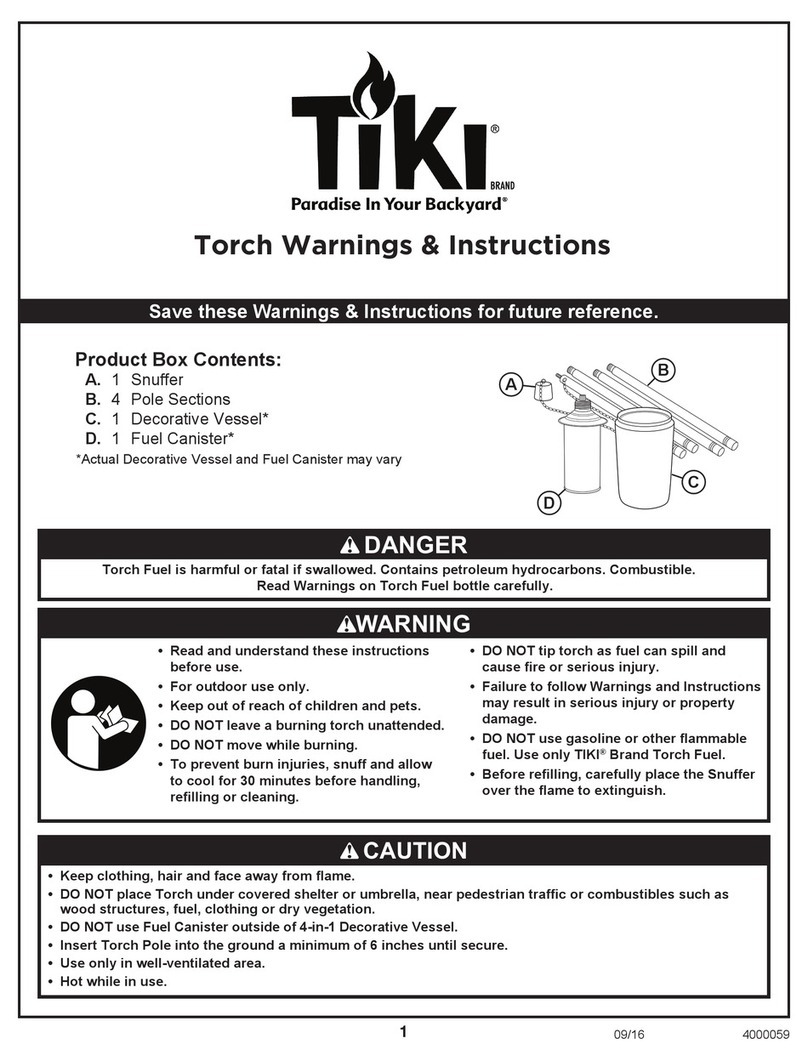
tiki
tiki Cabos Warnings and Instructions

Fervi
Fervi 0338 Operation and maintenance manual

Milwaukee
Milwaukee M18 IL Original instructions
Spectronics
Spectronics Spectroline LeakTracker SPI-LT instruction manual
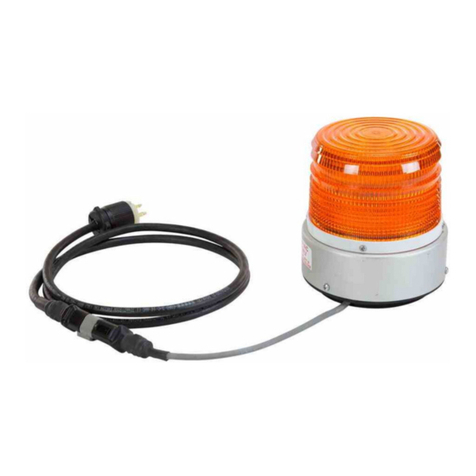
Larson Electronics
Larson Electronics SLEDB-110V-M instruction manual
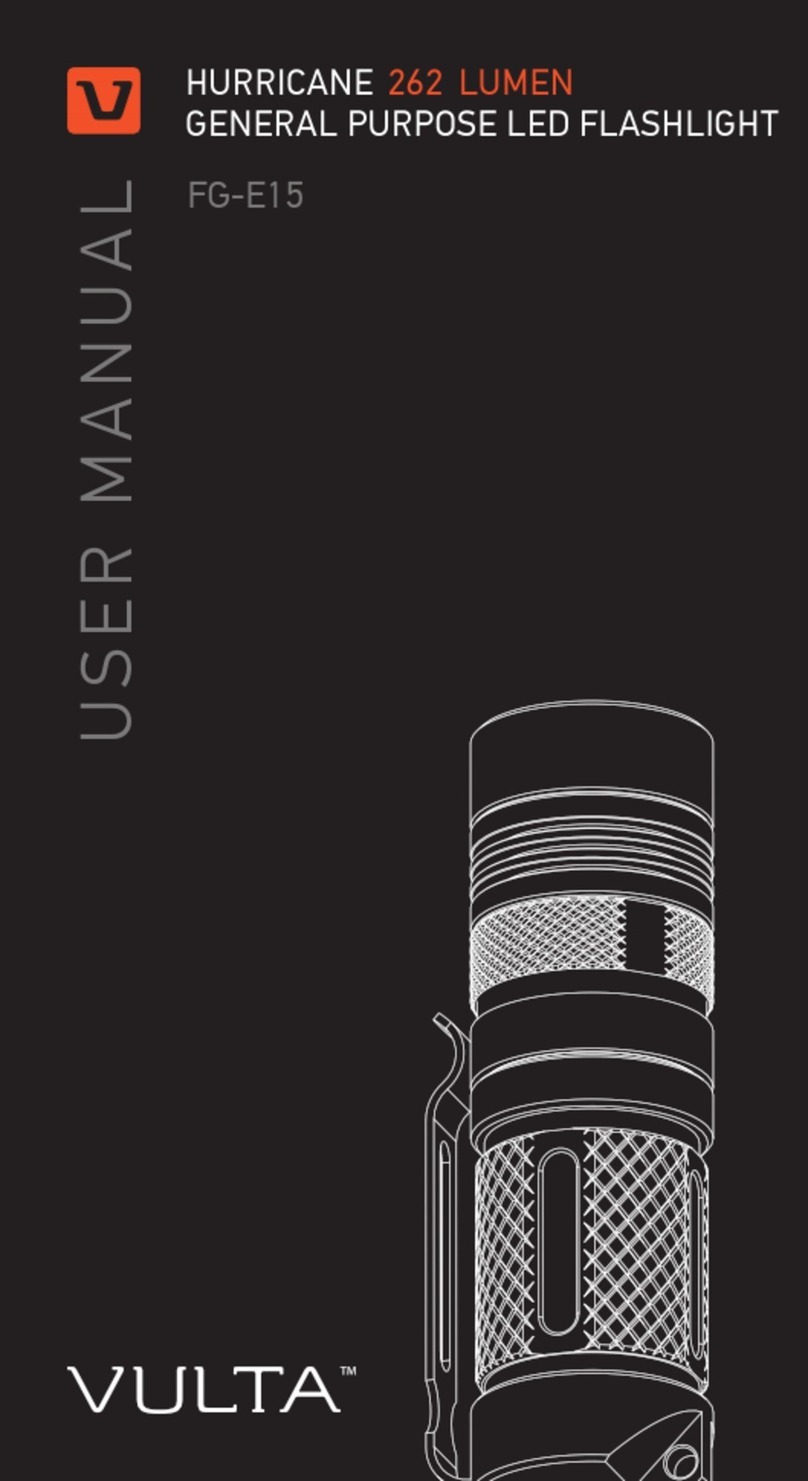
vulta
vulta hurricane 262 lumen fg-e15 user manual
